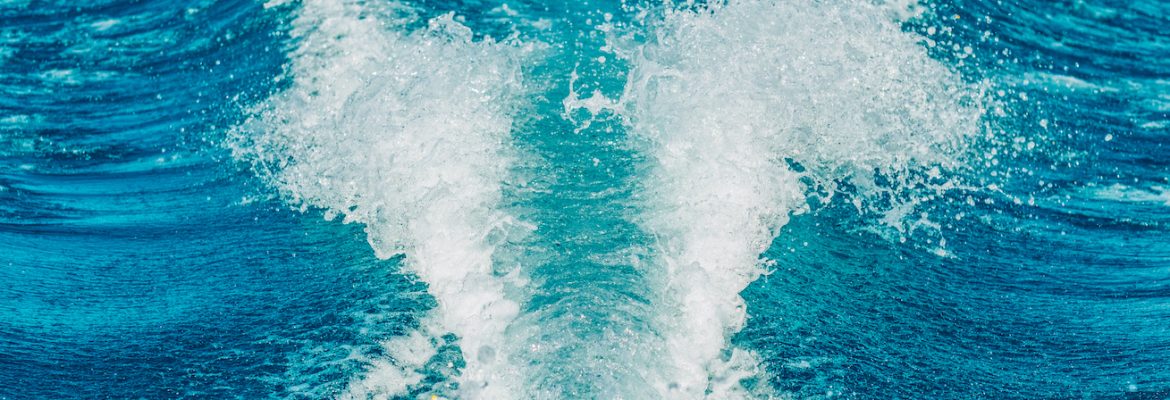by dl dolgin
A special gift from pleasure boat manufacturers – we might call them Invasive Wave Wake Boats – has arrived with force. These crafts plow their hulls tilted up at a 20 – 25° angle, deploying 250 – 500 horsepower engines designed to generate walls of water up to four-feet high for simulated wave surfing. The waves capture that energy and push it both down as much as 20 feet in prop thrust and out as much as 750 feet across the surface in wakes. See our piece on this subject in the Moose Pond Association newsletter here:
mpame.org/2020/01/18/wake-hazards/.
An increasing number of states find themselves home to a riparian battle arising between those, on the one hand, who treasure the increasingly scarce peaceful, small lakes and ponds beloved for fishing/swimming/small boat pleasures, like our Moose Pond and, on the other hand, the National Marine Manufacturers Association who advocates increasing sales of expensive boats built to generate large wakes.
Some of the risks are well known: the prop thrust of these boats can disturb the lake bottom, uncovering and dispersing unwanted phosphates into the body of the lake; the wash of water can break open pods of aquatic invasive plants, spreading their seeds to the detriment of good lake health; and the surface wakes erode shorelines and adversely affect those in small boats.
Studies are underway at the University of Minnesota Saint Anthony Falls Laboratory, which specializes in hydrodynamics, endeavoring to determine just how much environmental damage these boats do. Additional studies are underway elsewhere to better determine how far and how deep the waves carry a damaging physical effect.
A Vermont legislator introduced a bill in 2019 (SB69) to ban the boats. The National Marine Manufacturers Association says of that bill: “Blocking passage of this bill is a top priority of the NMMA and the Watersports Industry Association.”
Will report more when we see the results of some of these studies.

